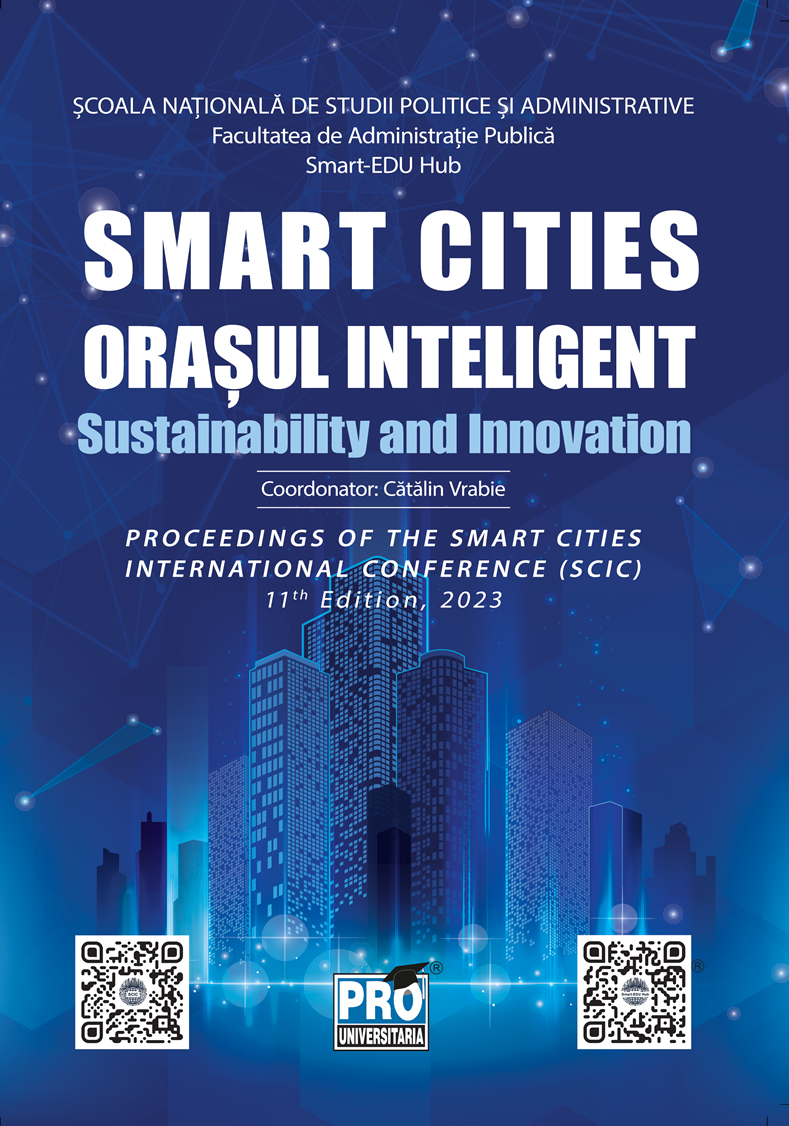Implications of the circular economy for cultural heritage protection in smart cities
Keywords:
circular economy , pollutants , sustainability , waste recycling , smart cityAbstract
The following objectives are addressed in the paper: identification of indoor and outdoor environmental factors in some monuments, practical ways and solutions for recovery and recycling of construction materials from demolition. Preliminary studies: this paper is based on the author's expertise in the field of conservation and restoration of stucco, facades decoration or stone substrates, pollutants identification, mechanisms of degradation and conservation of important Romanian monuments from the architectural heritage. Also, the work is based on the author's expertise in the field of Archaeometry and Restoration and Heritage Regeneration, with implications in the Study of Materials for Architecture. Approach: cultural heritage buildings occupy a unique niche in the urban landscape, and their protection and preservation is a matter of particular interest for a smart city. The microclimate and the present pollutants (tourists, oil lamps, candles, urban pollution) contribute to the building degradation. In this context, the concept of circular economy encourages the restoration and reuse of cultural heritage monuments, which represent a valuable resource in developing the tourist offer and promoting a smart city. Results: the paper will present the identification of indoor and outdoor environmental factors in some monuments such as SOx, NOx, chlorides, pH, RH, T, in monuments: Corvin Castle, Hunedoara, Roman mosaic, Constanta, Basarabi-Murfatlar Churches, Adamclisi Monument, Constanta, and ways to recover and recycle construction materials from demolition: ceramics (brick, marble), plastic waste (polyurethane) and wood waste (eg sawdust). Implications: the solutions presented will address the present challenges for reusing construction and demolition waste, promoting local business opportunities for the transition to a circular economy and developing a smart city. Value: the paper has a high level of originality and will present examples of ecological materials and technologies for the conservation/consolidation of buildings with waste materials resulting from construction and demolition.
Downloads
Published
Issue
Section
License
Copyright (c) 2024 Rodica-Mariana ION

This work is licensed under a Creative Commons Attribution-NonCommercial-NoDerivatives 4.0 International License.


